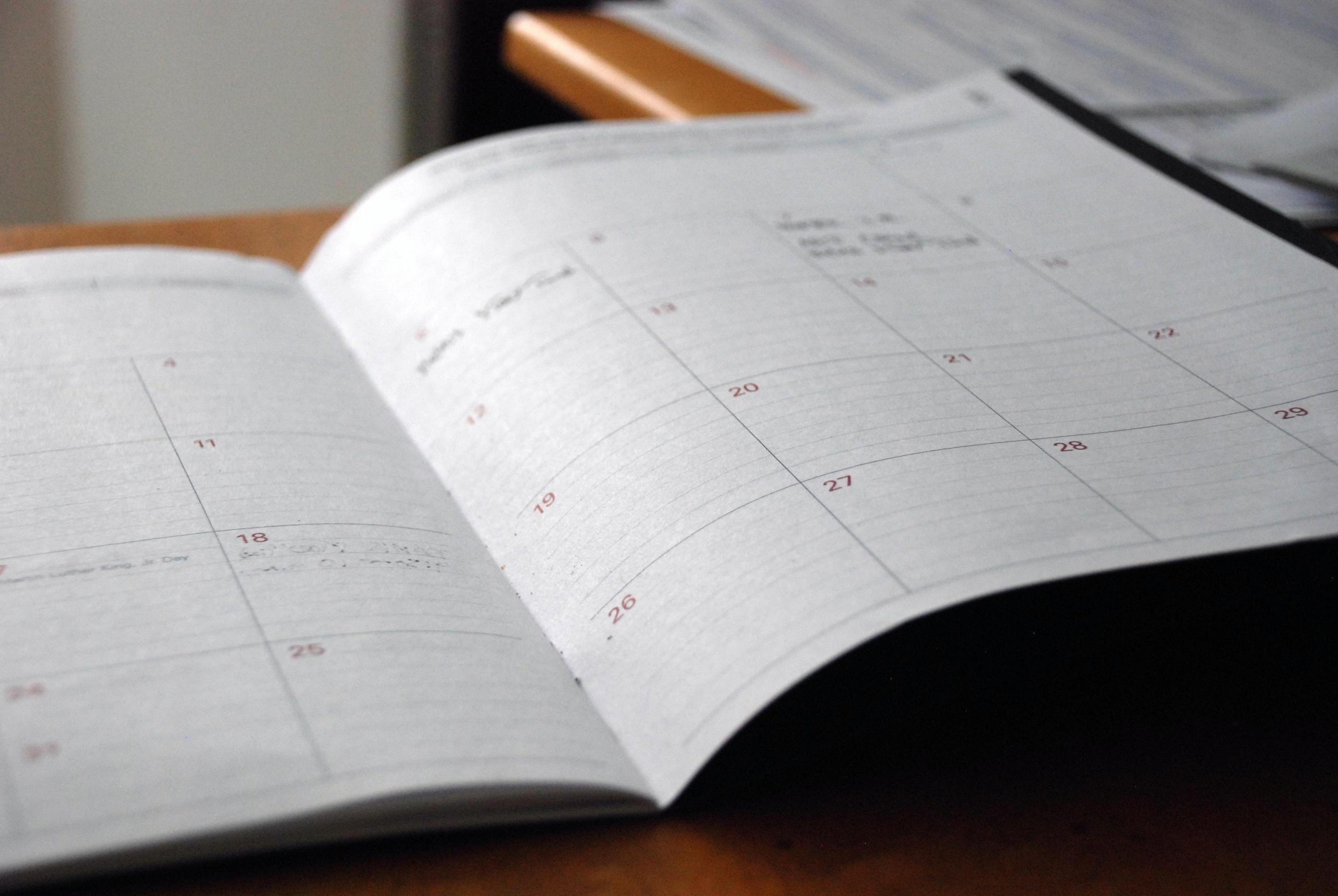The timetable of your statistics course is a great indicator of how your life will look as a statistics student. How much time you have to allocate to work, study and socialising will all be determined by your timetable.
It is likely to change somewhat as you progress through the academic calendar and your priorities begin to shift towards the different assessments. Nonetheless, your timetable will be the primary indicator of your life as a statistics student.
By showcasing a wide range of priceless qualifications and talents in IT, computer programming, and data analytics on your CV, you can make a strong impression on potential employers. Adhering to your timetable, in the long run, will help you to obtain such qualifications.
Taking into account the challenges that students face when navigating the labour market, in particular those who have just graduated from university. It's critical that you distinguish yourself from other applicants for the same or related positions.
Your timetable for a statistics course will be filled with a range of different modules such as research skills and methods, financial statistics, mathematics and data management. Building your knowledge of these subjects outside of the lecture hall is important if you are serious about maximising your school grades and improving your workplace skills.
You might wish to look at the course structure if you're thinking about taking a statistics course at an Irish university, either at the undergraduate or master's level.
It is important that you choose a course with a packed and useful timetable. While It might be nice to opt for a less intensive course and sail your way to a degree in statistics, a busy timetable will ensure that you graduate with more refined skills.


Considerations for statistics students
Thankfully your timetable on a statistics course will put your hard work to good use. Many of the degrees that are on offer across the island of Ireland give students hands-on experience working with a number of different statistical programs.
This will make you more attractive to employers as you will have some concrete understanding in advance. It is still important that you make sure that your chosen statistics course facilitates such learning.
Luckily for you, the world of Big Data and statistics is one that is growing more rapidly than most industries in history. By attaining an undergraduate degree in the subject you will likely have little difficulty securing employment.
Though that isn’t to say that it isn’t necessary to fill the gaps in your timetable and continuously upskill your competencies.
You might wish to look at the course structure if you're thinking about taking a statistics course at an Irish university, either at the undergraduate or master's level.
If you are a secondary school student who is presently completing your CAO application form, you should take the necessary time to learn about the many courses that are offered to you.
You can get a sense of what you will be studying at the college by comprehending the many modules that are included in your curriculum during the various years of your course.
If you are considering what you should fill your timetable with as a statistics student then you should start with Kubicle.
This is an instructional platform that helps users hone their abilities with a range of business software. It is essentially a digital training platform that offers courses, exercises, assessments, and certificates for skill development.
Timetable for a statistics masters program
No matter where you look to study your statistics course, you can bet that it will have a considerable workload associated with it. You can anticipate having a starched timetable at the masters level, especially during due dates for assignments and in the weeks leading up to exam season.
You could still be considering further courses you can take after earning your master's in statistics to advance your profession even further.
Even though your initial job may not be particularly heavy, it is still crucial that you establish a routine as soon as possible!
It is important to budget for this so that you can make amendments and move some things around in your timetable to allow for this. You might even choose to cover some of the material in advance so that you don’t find yourself under any unnecessary time pressure.
Making a defined itinerary for yourself from the start of your statistics master's program will enable you to divide the workload that, at times, may seem enormous and insurmountable, over the course of the semester.
As you advance through your statistics degree, it's crucial to develop the habit of following a consistent and manageable schedule, but you should also give yourself some leeway.
The parts of the assessments that will receive marks will need to be prioritized, therefore you will need to make regular changes to your schedule.
When you have another project due in the next few days or weeks, there's no sense in spending hours studying information for a module that won't be tested until January.


Make time for Microsoft Excel
Familiarising yourself with Microsoft Excel is imperative as a statistics student. While the majority of the work that you do will be carried out on software with computing power that far exceeds that of Excel it is still considered essential as it is widely used across all industries today.
Excel is a great place to start seeing as it is considered to be one of the more basic software, particularly when you ask a statistics student.
Many courses will require you to have a working knowledge of the software upon entry, so you should make time for your learning sooner rather than later. This will include navigating the software efficiently, mathematical formulas, finance functions and altering date or times in spreadsheets.
The spreadsheet program can be used for a variety of tasks, including making memoranda, keeping track of sales trends, and storing other business data.
Even smaller businesses use it to maintain track of the contact information for their clientele.
Due to the extensive usage of digital platforms like excel in the workplace, graduates in all fields of work are now expected to be fluent in the program.
You can also count on your lecturer for information and help with excel, improving your research skills or even if you have a difficult mathematics question. Building relationships with your lecturers and peers might also stand for you when you are looking for positions in statistics.
Masters-level statistics courses will ensure that you are ahead of the competition and will improve your employability.
Try learning R Studio
If your timetable at university doesn’t already have some practice with R studio incorporated into it regularly. It might be a good idea for you to take the initiative and learn by yourself.
It could be difficult for even the most academically inclined students to get started with an R studio suite. Although difficult, learning R programming can provide students with unparalleled efficiencies if they make the effort to become familiar with the language.
Fortunately, you don't have to be a computer whiz to start learning; there are lots of courses available for those looking for a leg up on language acquisition.
Start making time to practice research and study the course today. It will increase your chances of getting into a data science or statistical mathematics course at university. Allocate time to going over the course material online and learning from past students how you can improve the level of your research over the summer months.
Allocating as little as an hour a week to practising R studio will help you to keep up with the pace of a university statistics course.
An undergraduate degree in statistics will take time to earn but it is certainly worth the process.

Your undergraduate statistics timetable
At the undergraduate level, you can expect your timetable to be comprised of an array of different statistical and mathematical subjects.
In your first academic year studying a degree such as statistics, management, mathematics or business you can expect your typical lecture to provide an introduction to the course before expanding on it in later years.
You will also get an introduction to some of the many statistical programs that are used to process vast amounts of data and subsequently visualise them in a digestible manner for interpretation.
it is also important to allow some room for flexibility on your timetable as you will likely have to make some amendments to it throughout the year.
It will likely be thrown out the window by the time the exam season rolls around as the assessments for your modules become your priority.
To ensure gradual development in your statistics course, it is a good idea to establish the habit of studying and revising the content periodically throughout the year.
Statistics students will spend their first few years learning about data science, research skills, descriptive statistics, statistical mathematics and data analysis. In the latter years, statistics students will delve in their study and analysis of the course's data and mathematics modules in greater detail.
Your schedule can also help you make sure that you give every module you study throughout the semester the attention it needs to get a good mark.
Remembering that we are creatures of habit, setting up a comprehensive schedule for the year is a terrific method to hold yourself responsible for your learning.
If you are looking for motivation to study for a degree in statistics then you should consider the advantages.















